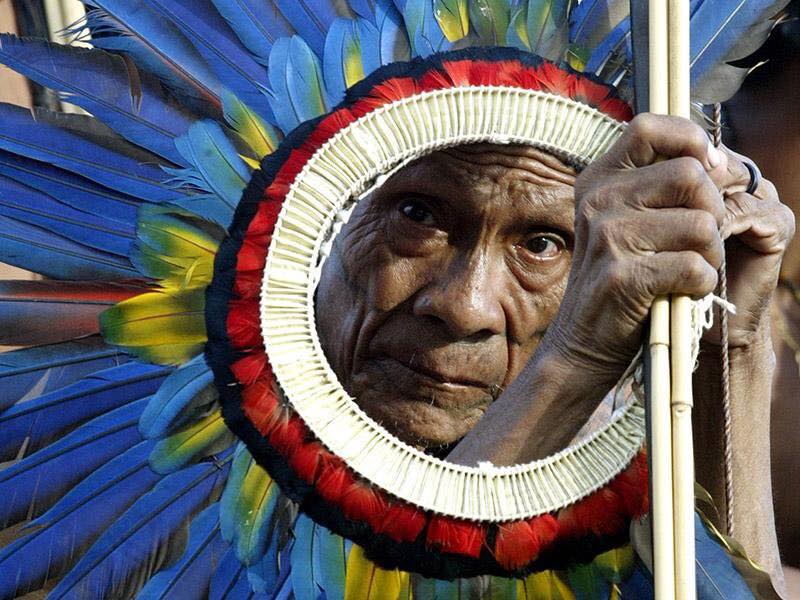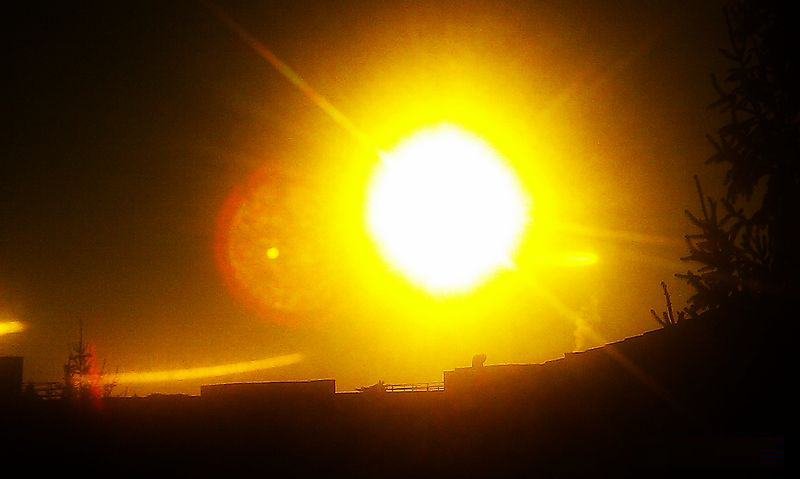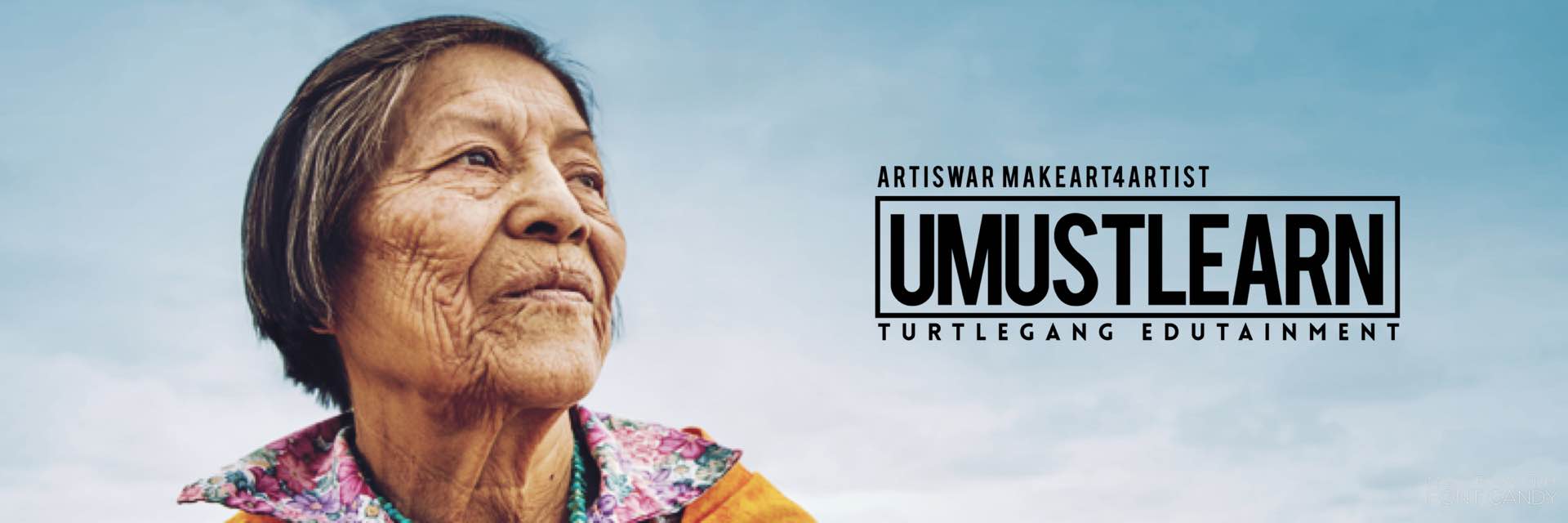
Native American New Year Commemorations
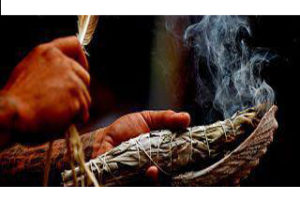 The start of the New Year is honored by many Native Americans, although many tribes have selected different dates as the last day of the year. In North American Indigenous cultures, the New Year is at the end of January or first part of February, based on constellations and moon phases. The timing of the New Year is usually in conjunction with Winter Solstice commemorations. The Winter Solstice season is traditionally the time for Creation storytelling. Native Americans of the North, Central, and South Americas have a fire ceremony to bring in the New Year. Some of the Native American traditional New Year observances include annual planting festivals, like that of the Hopi and Iroquois. In the Northwest, some Native American tribes celebrate New Year earlier than the rest of the western world.
The start of the New Year is honored by many Native Americans, although many tribes have selected different dates as the last day of the year. In North American Indigenous cultures, the New Year is at the end of January or first part of February, based on constellations and moon phases. The timing of the New Year is usually in conjunction with Winter Solstice commemorations. The Winter Solstice season is traditionally the time for Creation storytelling. Native Americans of the North, Central, and South Americas have a fire ceremony to bring in the New Year. Some of the Native American traditional New Year observances include annual planting festivals, like that of the Hopi and Iroquois. In the Northwest, some Native American tribes celebrate New Year earlier than the rest of the western world.
For instance, the Umatilla tribes of eastern Oregon hold their ceremony just before the Winter Solstice on December 20. Armand Minthorn, the spiritual leader of the tribes, explains that the celebration is called “Kimtee Inmewit”: “This goes back to when the world was new. The first food that was created was the salmon. The second food was the deer.” Thus Minthorn explains that Indian New Year is the time to celebrate the return of the sacred foods. To honor these sacred foods, the tribe sings, drums, dances, prays, and shares a meal together at the longhouse.
The Hopi and the Zuni pueblos both celebrate a New Year’s celebration on 22 December. This ceremony is called “Soyaluna,” and it is a time of renewal and purification. A ritual is conducted to welcome the sun back after winter. It is one of the Hopi’s most sacred ceremonies and is also called the “Prayer-Offering Ceremony” because it is a time for saying prayers for the New Year and for wishing each other prosperity and health. Through January, and concluding in February, the Hopi Native American people perform buffalo dances for the Hopi Holy Cycle. The Hopi Holy Cycle begins this yearlong string of ceremonies. The people of the Hopi pueblos observe nine major religious ceremonies throughout the year that symbolize the changing of the seasons and the nature of the Hopi sacred universe. The Hopi believed that on the Summer Solstice, when the days are the longest, that the Sun God is closest to Earth. In turn, on the Winter Solstice that takes place in December, the Sun God has traveled as far from the earth he can. So, in order to bring the Sun God back the warriors have a great festival. Therefore, the whole purpose of the Soyaluna ceremony that the Hopi do still to this day is to prevent the disappearance of the sun at the time of the year when the days are the shortest. (This commemoration parallels the universal observance of the Winter Solstice by ancient European peoples.)
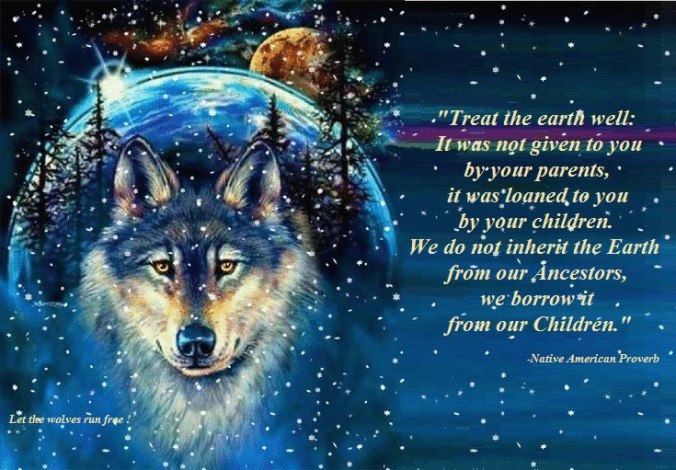 The Iroquois, one of the six nations of the Iroquois Confederacy, are one of the largest Native American tribes in history. The Iroquois Midwinter Ceremony, called the “Haudeshaune,” is in either January or February depending on the moon cycle. When the new moon appears the spiritual year begins. (In 2013, the New Moon will be January 11.) Five days following the appearance of the new moon, a
nine-day ceremony begins and includes traditional rituals, dances, feasts, and the choosing of new council members. Each tribe celebrates a little differently. The usual custom is to first begin with a “Stirring of the Ashes” ceremony to symbolize thanks for all the blessings bestowed during the previous year. There is also a public naming event where all the children who were born that year are given their Indian names. The Midwinter Ceremony ends with a speaker who gives a brief thanksgiving address. It is also at this time that the new council members are introduced to the crowd at the longhouse. The rest of the tribe’s members are now purified and released from the burden of their dreams, and a new year is now welcomed.
The Iroquois, one of the six nations of the Iroquois Confederacy, are one of the largest Native American tribes in history. The Iroquois Midwinter Ceremony, called the “Haudeshaune,” is in either January or February depending on the moon cycle. When the new moon appears the spiritual year begins. (In 2013, the New Moon will be January 11.) Five days following the appearance of the new moon, a
nine-day ceremony begins and includes traditional rituals, dances, feasts, and the choosing of new council members. Each tribe celebrates a little differently. The usual custom is to first begin with a “Stirring of the Ashes” ceremony to symbolize thanks for all the blessings bestowed during the previous year. There is also a public naming event where all the children who were born that year are given their Indian names. The Midwinter Ceremony ends with a speaker who gives a brief thanksgiving address. It is also at this time that the new council members are introduced to the crowd at the longhouse. The rest of the tribe’s members are now purified and released from the burden of their dreams, and a new year is now welcomed.
Among the Iroquois Indians of today, there are two different ceremonies in observance of the New Year. The Midwinter Festival is the “old way” and is preserved by the followers of the traditional Iroquois religion. The “Nu Yah,” as it is called, is still another type of celebration, which is observed in its most highly developed form among the Tuscaroras of New York State. The Midwinter Festival, or “Most Excellent Faith,” is the most sacred celebration of the Iroquois ritual calendar. It occurs at the end of January or the first part of February, depending on the appearance of the Pleiades and the first new moon after the Winter Solstice. It is a time of thanksgiving to the beneficent spirits for all the good things in creation and a focus for bringing mankind into closer unity with the good spirit forces in nature. This Midwinter Festival is still observed by the traditionalists of five of the six nations of the Iroquois Confederacy and the Six Nations Reserve in Canada.
The Cherokee Indians also celebrate the New Year, but according to a lunar calendar, which puts the New Year in mid-January, called the “Great New Moon Ceremony.” Cherokee Moons Ceremonies were the ancient seasonal round of ceremonies practiced during ancient times by the Cherokee in the ancient times. Although a modern calendar year comprises 12 months, there are actually 13 cycles or phases of the moon in the Cherokee Calendar. The seasonal round of ceremonies was based on 13 moons, and was considered a necessary spiritual element for growth and encouraged social gatherings among the Cherokee Clans.
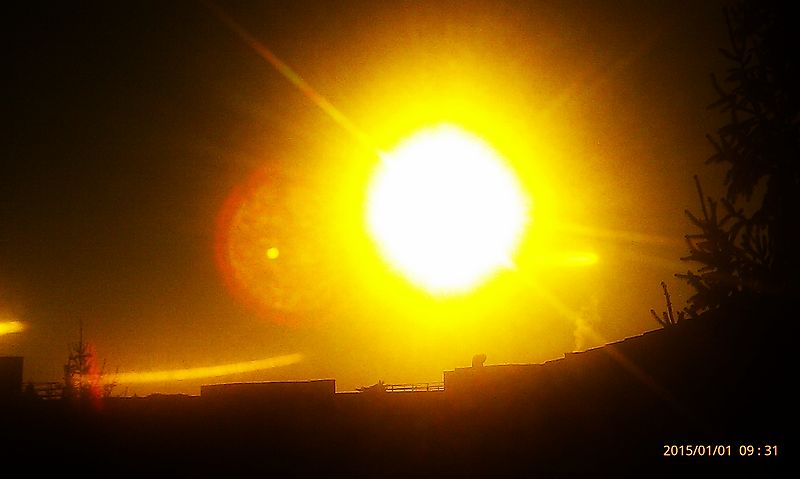 Again, many Indian tribes celebrate the New Year as part of their great Winter Solstice ceremonies. According to one First Nation spiritual leader from Canada, Blue Eagle, this is also the time of the Winter Solstice and for those who do not celebrate Christmas. As for the New Year, it really traditionally falls on the Winter Solstice day as from then on the days get longer, and a new year begins. According to Blue Eagle’s recent book, The Beauty Way: “Three months after the fall equinox, comes the winter solstice, celebrated as the “Celebration of internal light. It is the period of the year when days are the shortest, and nights the longest. It is the time of the year when the forces of darkness are at their peak. It is then time for the warrior of light to manifest his qualities. We want to embody the inner light that will shine and overcome darkness. This ceremony comprehends twenty-four hours of vigil. One person will perform rituals in front of the altar, all night through, while others will take care of the sacred fire.” Like the Celtic tribes, the Winter Solstice ceremony is highlighted by a sacred fire, which consists of putting out old fires and lighting new ones. And, like many of the Yule commemorations at this time in northern European countries, the practice of bringing a tree indoors to decorate and to ceremonially burn (in this case, the Yule Log) is also part of the Cherokee Winter Solstice ceremony. A spruce tree, which symbolizes the new year, is brought indoors with prayers and ceremonies. The four bottom branches are cut off and are used to sweep the old year away. These branches are then burned in the sacred fire, so that the energies of the ending year can vanish into smoke. Finally, the tree is put in the place of honor and decorated with wishes for the New Year to come.
Again, many Indian tribes celebrate the New Year as part of their great Winter Solstice ceremonies. According to one First Nation spiritual leader from Canada, Blue Eagle, this is also the time of the Winter Solstice and for those who do not celebrate Christmas. As for the New Year, it really traditionally falls on the Winter Solstice day as from then on the days get longer, and a new year begins. According to Blue Eagle’s recent book, The Beauty Way: “Three months after the fall equinox, comes the winter solstice, celebrated as the “Celebration of internal light. It is the period of the year when days are the shortest, and nights the longest. It is the time of the year when the forces of darkness are at their peak. It is then time for the warrior of light to manifest his qualities. We want to embody the inner light that will shine and overcome darkness. This ceremony comprehends twenty-four hours of vigil. One person will perform rituals in front of the altar, all night through, while others will take care of the sacred fire.” Like the Celtic tribes, the Winter Solstice ceremony is highlighted by a sacred fire, which consists of putting out old fires and lighting new ones. And, like many of the Yule commemorations at this time in northern European countries, the practice of bringing a tree indoors to decorate and to ceremonially burn (in this case, the Yule Log) is also part of the Cherokee Winter Solstice ceremony. A spruce tree, which symbolizes the new year, is brought indoors with prayers and ceremonies. The four bottom branches are cut off and are used to sweep the old year away. These branches are then burned in the sacred fire, so that the energies of the ending year can vanish into smoke. Finally, the tree is put in the place of honor and decorated with wishes for the New Year to come.
Today, many Native American tribes celebrate the New Year with Pow Wows. In Mexico last year, Aztecas, Mayans and Huichols, on behalf of the United Nations, celebrated the New Year dawn by dancing humanity back into the ancient earth-honoring way of being.
